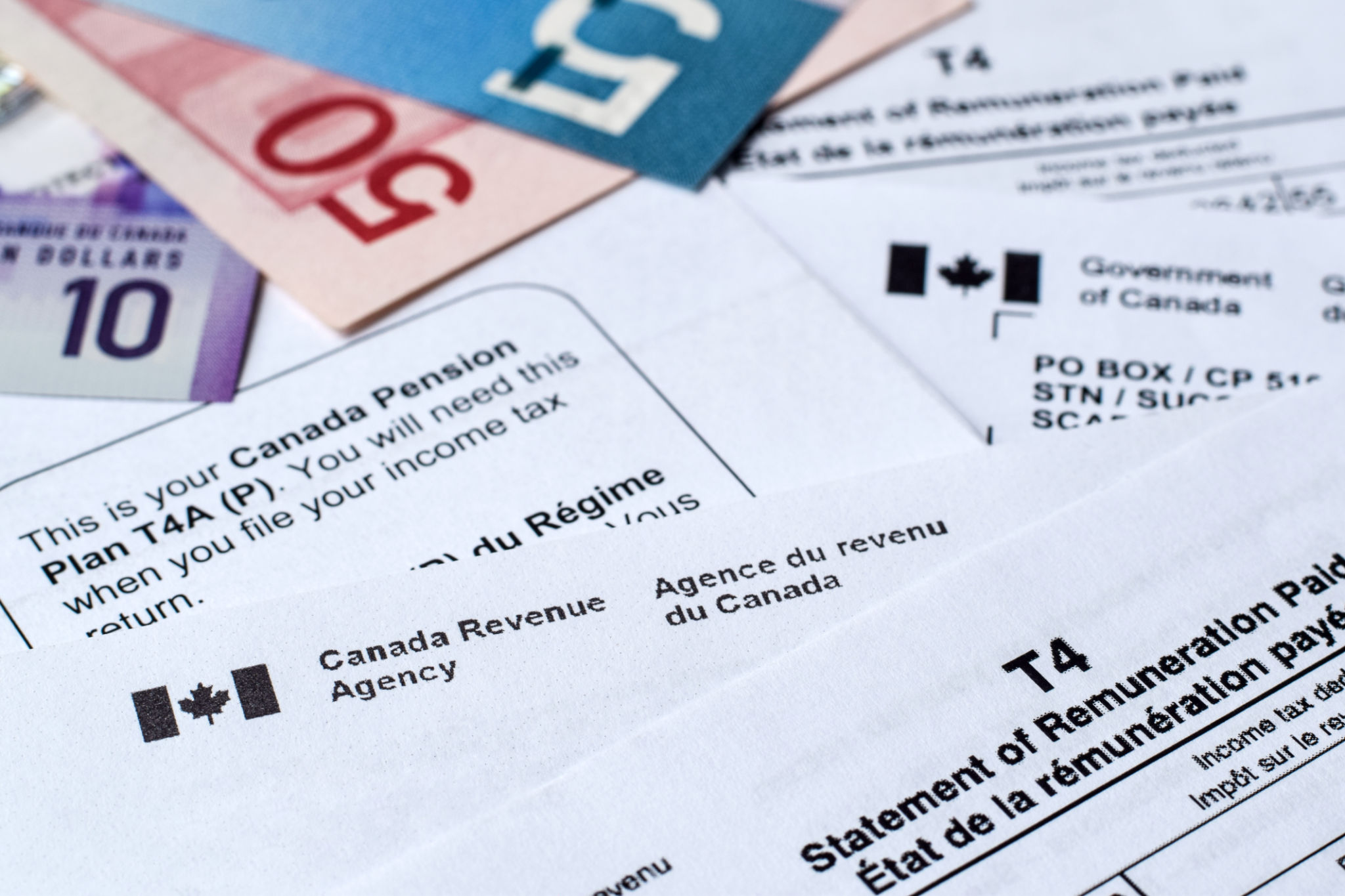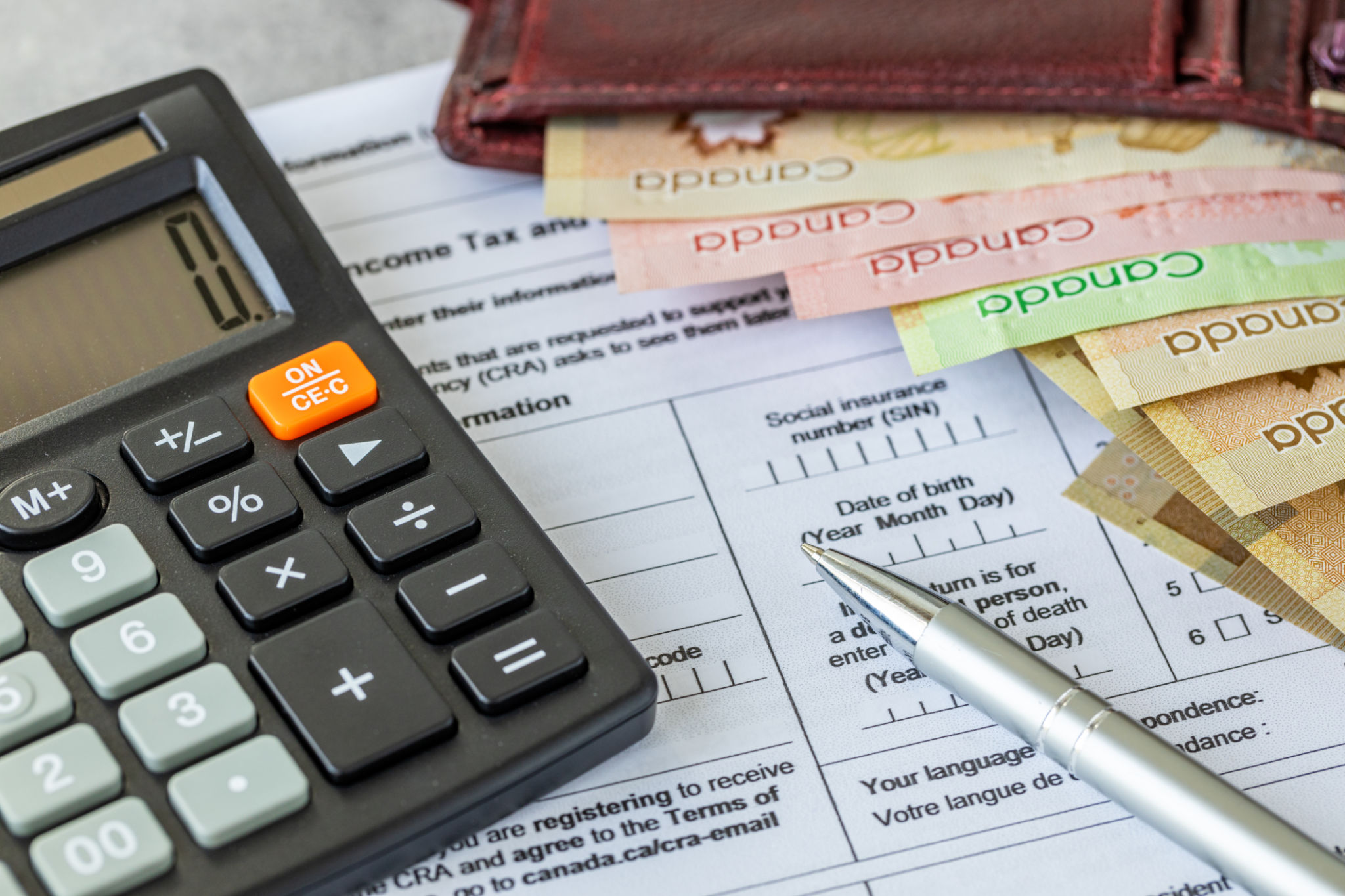Comprehensive End-of-Year Tax Planning: Essential Tips for Maximizing Your Refund
As the year comes to a close, it's crucial to focus on tax planning to ensure you maximize your refund. The end of the year offers a unique opportunity to take advantage of tax strategies that can lead to significant savings. By planning ahead, you can make the most of deductions and credits available to you.
Review Your Income and Deductions
Start by reviewing your income and deductions for the year. This will help you identify areas where you can make adjustments. Take stock of your taxable income, and consider any changes that might affect your tax situation, such as a job change or a significant purchase.
Make sure to review your deductions as well. Common deductible expenses include mortgage interest, medical expenses, and charitable contributions. Consider whether you can make additional deductible expenses before the year ends.

Maximize Retirement Contributions
One of the most effective ways to reduce your taxable income is by contributing to retirement accounts. Contributions to a traditional IRA or 401(k) are typically tax-deductible, reducing your taxable income for the year. Check the limits for contributions and consider making catch-up contributions if you're over 50.
Additionally, if your employer offers a matching contribution, ensure you're contributing enough to take full advantage of this benefit. It's essentially free money towards your retirement.
Take Advantage of Tax Credits
Tax credits can significantly reduce your tax liability and increase your refund. Some common credits include the Child Tax Credit, Earned Income Tax Credit, and education-related credits like the American Opportunity Credit. Review eligibility criteria for these credits and gather any necessary documentation to claim them.

Plan for Capital Gains and Losses
If you have investments, it's important to plan for capital gains and losses. Consider selling investments that have underperformed to offset gains from other investments. This strategy, known as tax-loss harvesting, can help minimize your overall tax liability.
Be mindful of the timing of your transactions. Holding onto an asset for more than a year qualifies it for long-term capital gains rates, which are typically lower than short-term rates.
Organize Your Tax Documents
Proper organization of your tax documents can save you time and stress when filing your taxes. Gather all necessary paperwork, such as W-2s, 1099s, receipts for deductions, and records of any estimated tax payments made.

Consider using a digital tool or app to keep track of your documents and expenses throughout the year. This can make it easier to access everything you need when it's time to file your taxes.
Consult a Tax Professional
If you're unsure about any aspect of your tax situation, consult with a tax professional. They can provide personalized advice based on your unique financial situation and help you navigate complex tax laws. A professional can also help identify additional strategies to maximize your refund.
By taking proactive steps in your end-of-year tax planning, you can ensure a smoother filing process and potentially increase your tax refund. Start early, stay organized, and seek assistance when needed to make the most of your tax return.
